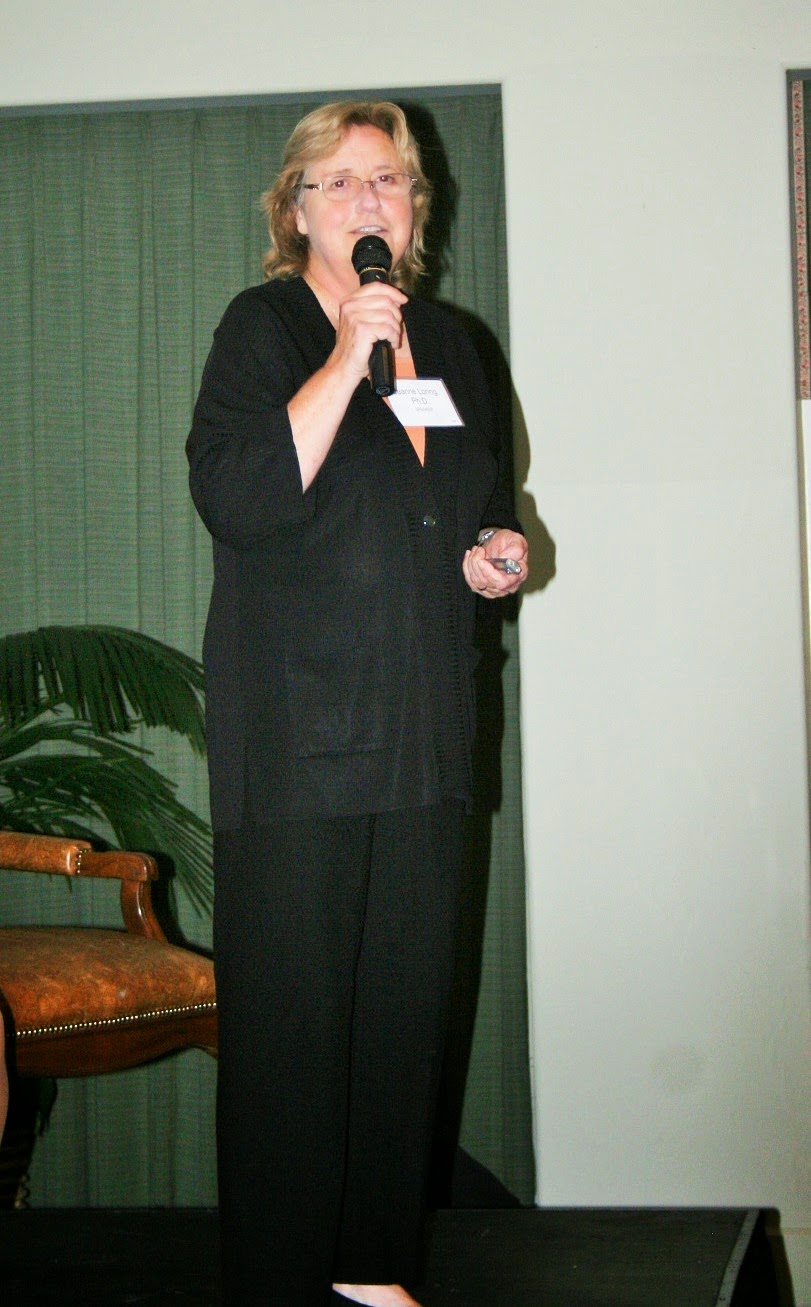A Mindful Approach to Happiness: Being “Zoned In” to the point of “Zoning Out” & Six ways to Zone In and achieve Happiness
 |
| Image courtesy of ddpavumba / FreeDigitalPhotos.net |
It seems that the terms “flow” and “mindfulness” are
intrinsically related when discussing one’s own happiness. But what is the current research behind any
given state of mind and its effect on our health?
Being “zoned in” - focused and concentrated doing something
to the point where you “zone out” the rest of the world is my true definition
of flow. Operative word: DOING - Moving from thinking to acting upon
your thoughts.
 But how does one achieve flow? In the context of positive psychology, Dr. Csikszentmihalyi
defines nine elements of the FLOW puzzle that lead us to achieve an ideal state
of flow: a balance between skill and challenge, being aware of our actions,
instant and definite feedback, concentration, the seemingly impossible task of
letting go of control, transformation of time, loss of self-consciousness, and autotelic experience
But how does one achieve flow? In the context of positive psychology, Dr. Csikszentmihalyi
defines nine elements of the FLOW puzzle that lead us to achieve an ideal state
of flow: a balance between skill and challenge, being aware of our actions,
instant and definite feedback, concentration, the seemingly impossible task of
letting go of control, transformation of time, loss of self-consciousness, and autotelic experience
One
state that Dr. Csikszentmihalyi researched was that of the “autotelic personality”.1] - one
in which a person performs acts because they are intrinsically rewarding,
rather than to achieve external goals. Csikszentmihalyi describes
the autotelic personality as a trait possessed by individuals who can learn to
enjoy situations that most other people would find miserable. And herein lies the link between Flow and Happiness!

Research has shown that the relationship between the
challenge of the task and the skill required to perform it has direct
consequences for an ideal state of flow.
If the task is too easy or too difficult, flow cannot occur. Both skill
level and challenge level must be matched and high; if skill and challenge are
low and matched, then apathy and boredom result. [2
Achieving
that right balance between the components of flow has significant benefits. To
mention just a few: Motivation, Cognitive efficiency, Activation, Productivity,
Satisfaction,Pride and just an overall increased well-being of knowing you took
a challenge, applied your skills and came out on top.
The
end result? SATISFACTION. Feeling one
has achieved any given goal is a huge component of happiness.
ZONE
IN to these tips to achieve your ideal MINDFULNESS and FLOW:
- Recognize the reasons behind your [negative] emotions. Cognitive exercises on mindfulness –achieving a level of awareness of THAT present and precise moment, and acknowledging the feelings and sensations of each moment will act on your emotions in a powerful and conscious manner. The outcome will be more positive than you expect!
- If you don’t know how to, get to it! The challenge you face requires your skills, and perhaps the best skill one has is how to figure things out!
- Manage your self-consciousness by proving yourself constantly, engaging in new and sometimes unattainable (in your mind) tasks. You’ll be amazed at the results. It’s all about the personal reward, not the stigmas in society. Watch your fear of failure walk out the door!
- Avoid distractions. Let’s face it: we cannot eat beans and whistle at the same time. Multi-tasking is becoming more of an overrated term than ever. Your “train of thought” should only allow “passengers” that actually have the same destination.
- Limit the information overflow. Pretending to be able to get the task done with the TV on, while your cell phone is ringing and you are receiving constant notices from your friends on facebook, twitter and whatever social media site you might think is absolutely necessary, is not going to help.
- Plan. A recently published article on the habits of highly effective leaders starts with a list –their list. Whatever your method, planning helps you get organized, allocate the required time, identify your responsibilities and get the pressure of the weight of the world off your back. . Ever notice how the honey-do list actually does get done?
Suggested Read: Positive psychology: Where did it come from, where is it going? In K.M. Sheldon, T. B. Kashdan, & M.F. Steger (Eds.), New York, NY: Oxford University Press.
-------------------------------------------
1 Fullagar, Clive J., and E. Kevin Kelloway.
"Flow at work: an experience sampling approach." Journal of
Occupational and Organizational Psychology 82.3 (2009): 595-615.
2 Csikszentmihalyi,
M. (1990). Flow: The Psychology of Optimal
Experience. New York: Harper and Row. ISBN 0-06-092043-2




Comments
Post a Comment